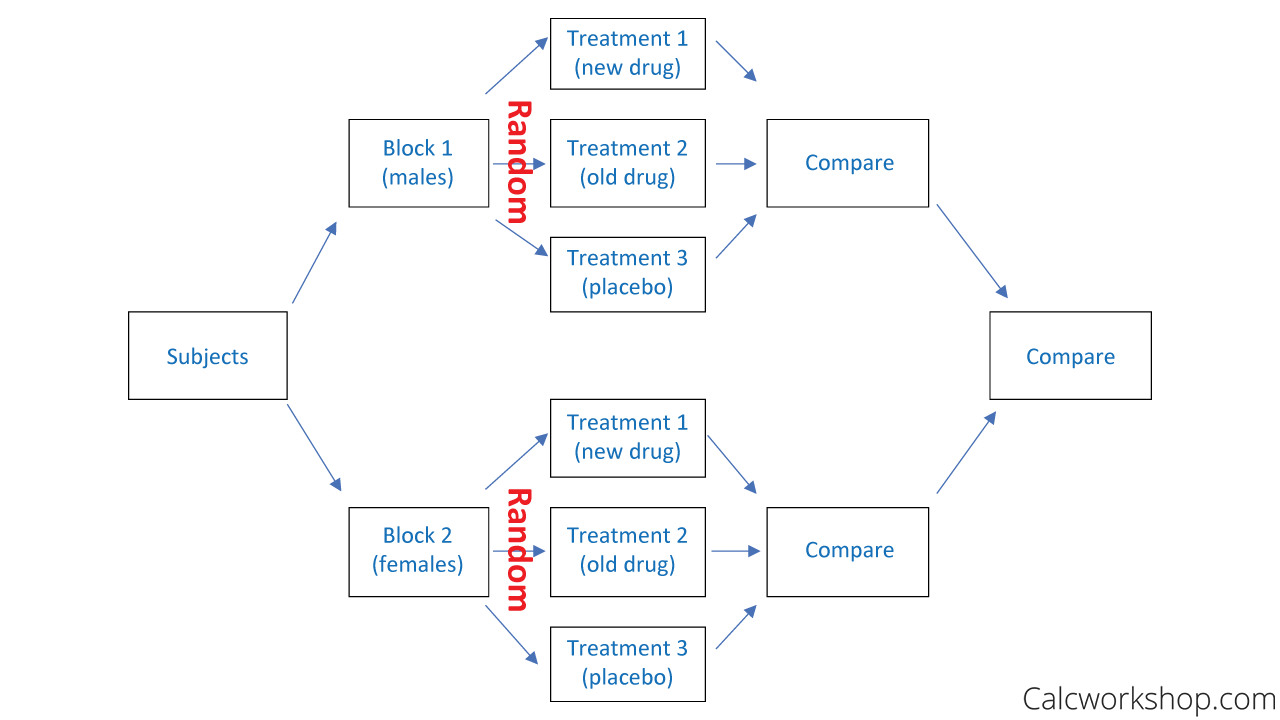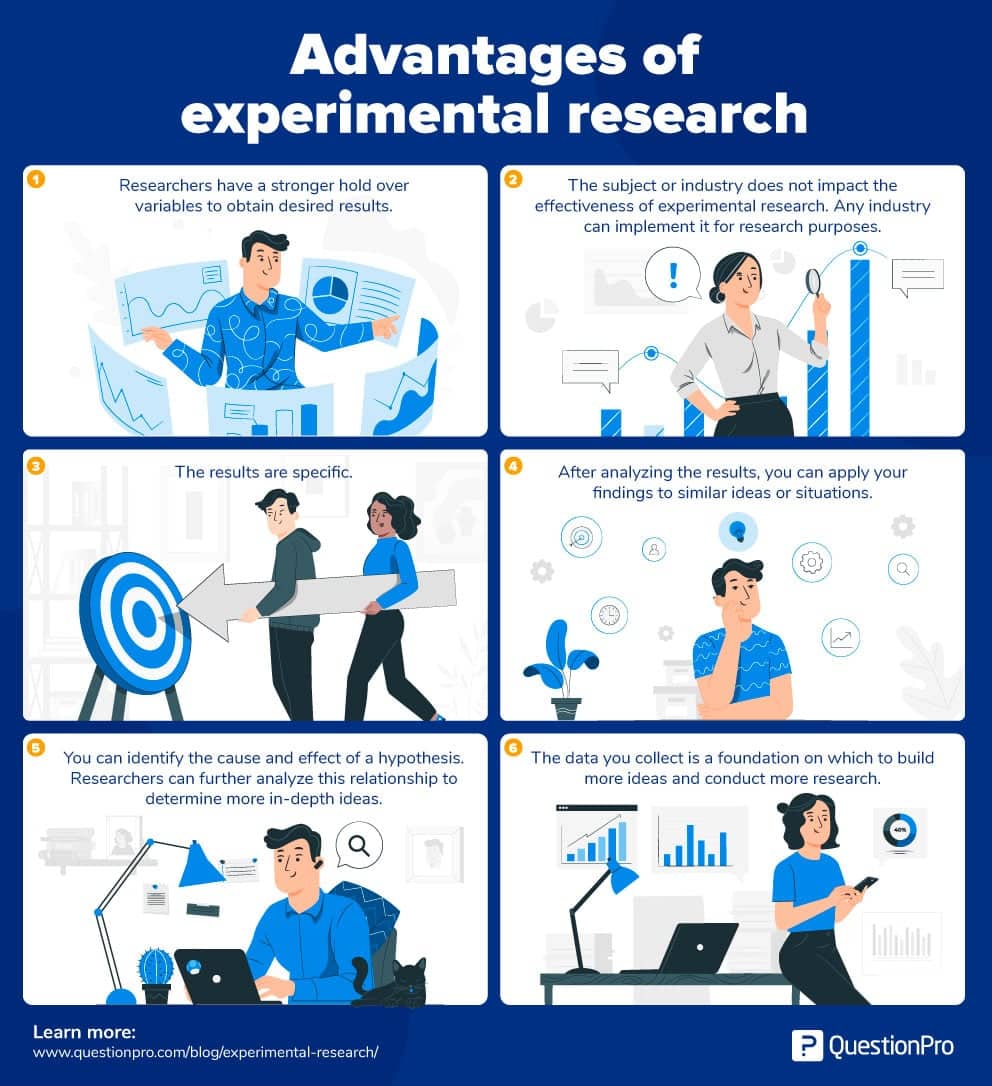Causal relationship between thyroid dysfunction and gastric cancer: a two-sample Mendelian randomization study
Table Of Content

They can't tell you how things change or why they're changing, just what's happening right now. Well, it's the go-to when you need answers fast and don't have the time or resources for a more complicated setup. Plus, keeping track of participants over many years can be like herding cats—difficult and full of surprises.
Leadership Training Study
These measures may be administered using specialized equipment or software. Using the five steps to develop a research plan ensures you anticipate and eliminate external variables while answering life’s crucial questions. Experiments across all industries and research realms provide scientists, developers, and other researchers with definitive answers.
Study on the Impact of an Advertisement
You can measure some data with scientific tools, while you’ll need to operationalize other forms to turn them into measurable observations. Depending on your experiment, your variable may be a fixed stimulus (like a medical treatment) or a variable stimulus (like a period during which an activity occurs). This structure divides subjects into two groups, with two as control groups.
Field Experiments
Factor analysis is used to identify underlying factors or dimensions in a set of variables. This can be used to reduce the complexity of the data and identify patterns in the data. Inferential statistics are used to make inferences or generalizations about a larger population based on the data collected in the study.

Independent variable (IV)
Characterising and justifying sample size sufficiency in interview-based studies: systematic analysis of qualitative ... - BMC Medical Research Methodology
Characterising and justifying sample size sufficiency in interview-based studies: systematic analysis of qualitative ....
Posted: Wed, 21 Nov 2018 08:00:00 GMT [source]
Also, because they're so quick and simple, cross-sectional studies often serve as the first step in research. They give scientists an idea of what's going on so they can decide if it's worth digging deeper. In that way, they're a bit like a movie trailer, giving you a taste of the action to see if you're interested in seeing the whole film.
For instance, you might have heard about surveys asking people what they think about a new product or political issue. Those are usually cross-sectional studies, aimed at getting a quick read on public opinion. This design rose to popularity in the mid-20th century, mainly because it's so quick and efficient. Imagine wanting to know how people of different ages feel about a new video game. Instead of waiting for years to see how opinions change, you could just ask people of all ages what they think right now.
Random Allocation
Instead of giving one type to one group and another type to a different group, you'd give both kinds to the same people but at different times. Despite these challenges, longitudinal studies have been key in fields like psychology, sociology, and medicine. They provide the kind of deep, long-term insights that other designs just can't match. Factorial designs are widely used in psychology to untangle the web of factors that influence human behavior. They're also popular in fields like marketing, where companies want to understand how different aspects like price, packaging, and advertising influence a product's success. This design's main selling point is its ability to explore interactions between variables.
Physiological measures involve measuring participants’ physiological responses, such as heart rate, blood pressure, or brain activity, using specialized equipment. These measures may be invasive or non-invasive, and may be administered in a laboratory or clinical setting. This method involves observing and recording the behavior or phenomenon of interest in real time. It may involve the use of structured or unstructured observation, and may be conducted in a laboratory or naturalistic setting. Replication involves conducting the same experiment with different samples or under different conditions to increase the reliability and validity of the results. This involves systematically varying the order in which participants receive treatments or interventions in order to control for order effects.
Step 5: Measure your dependent variable
Only when this is done is it possible to certify with high probability that the reason for the differences in the outcome variables are caused by the different conditions. Therefore, researchers should choose the experimental design over other design types whenever possible. However, the nature of the independent variable does not always allow for manipulation. In those cases, researchers must be aware of not certifying about causal attribution when their design doesn't allow for it. The same goes for studies with correlational design (Adér & Mellenbergh, 2008). However, the difference between the two is the assignment of the control group.
How to Write the Method Section of an APA Format Psychology Paper - Verywell Mind
How to Write the Method Section of an APA Format Psychology Paper.
Posted: Tue, 14 Mar 2023 07:00:00 GMT [source]
This method is commonly used in engineering and operational research for learning purposes and sometimes as a tool to estimate possible outcomes of real research. The changes observed during this period are recorded and evaluated to determine its effectiveness. This process can be carried out using different experimental research methods. Descriptive statistics are used to summarize and describe the data collected in the study. This includes measures such as mean, median, mode, range, and standard deviation. Behavioral measures involve measuring participants’ behavior directly, such as through reaction time tasks or performance tests.
Researchers now use super powerful software to help design their experiments and crunch the numbers. Skinner even built boxes—called Skinner Boxes—to test how animals like pigeons and rats learn. Watson performed a very controversial experiment called The Little Albert experiment that helped describe behaviour through conditioning—in other words, how people learn to behave the way they do.
It's really good for studying things as they are in the real world, without changing any conditions. For example, if ten different studies show that a certain medicine helps lower blood pressure, a meta-analysis would pull all that information together to give a more accurate answer. These are big collections of meta-analyses that help doctors and policymakers figure out what treatments work best based on all the research that's been done. The correlational design has roots in the early days of psychology and sociology.
Sometimes this choice is made for you by your experimental system, but often you will need to decide, and this will affect how much you can infer from your results. So the next time you read about a new discovery in medicine, psychology, or any other field, you'll have a better understanding of the thought and planning that went into figuring things out. Experimental design is more than just a set of rules; it's a structured way to explore the unknown and answer questions that can change the world.
Comments
Post a Comment